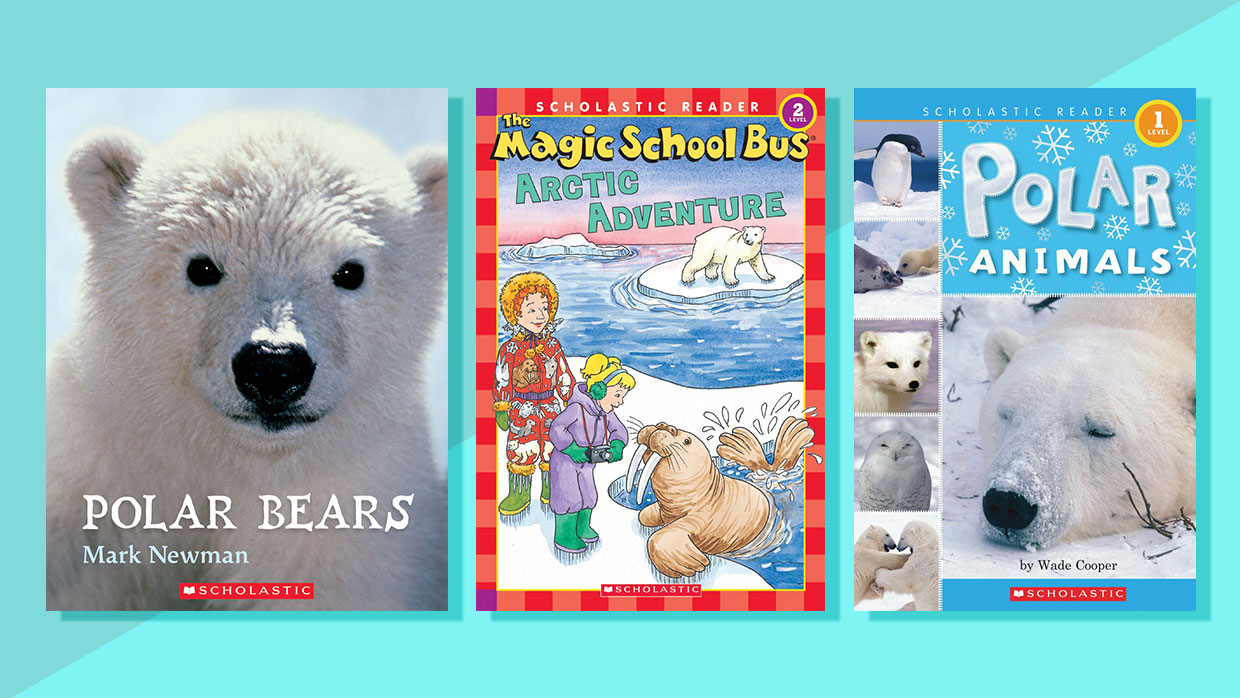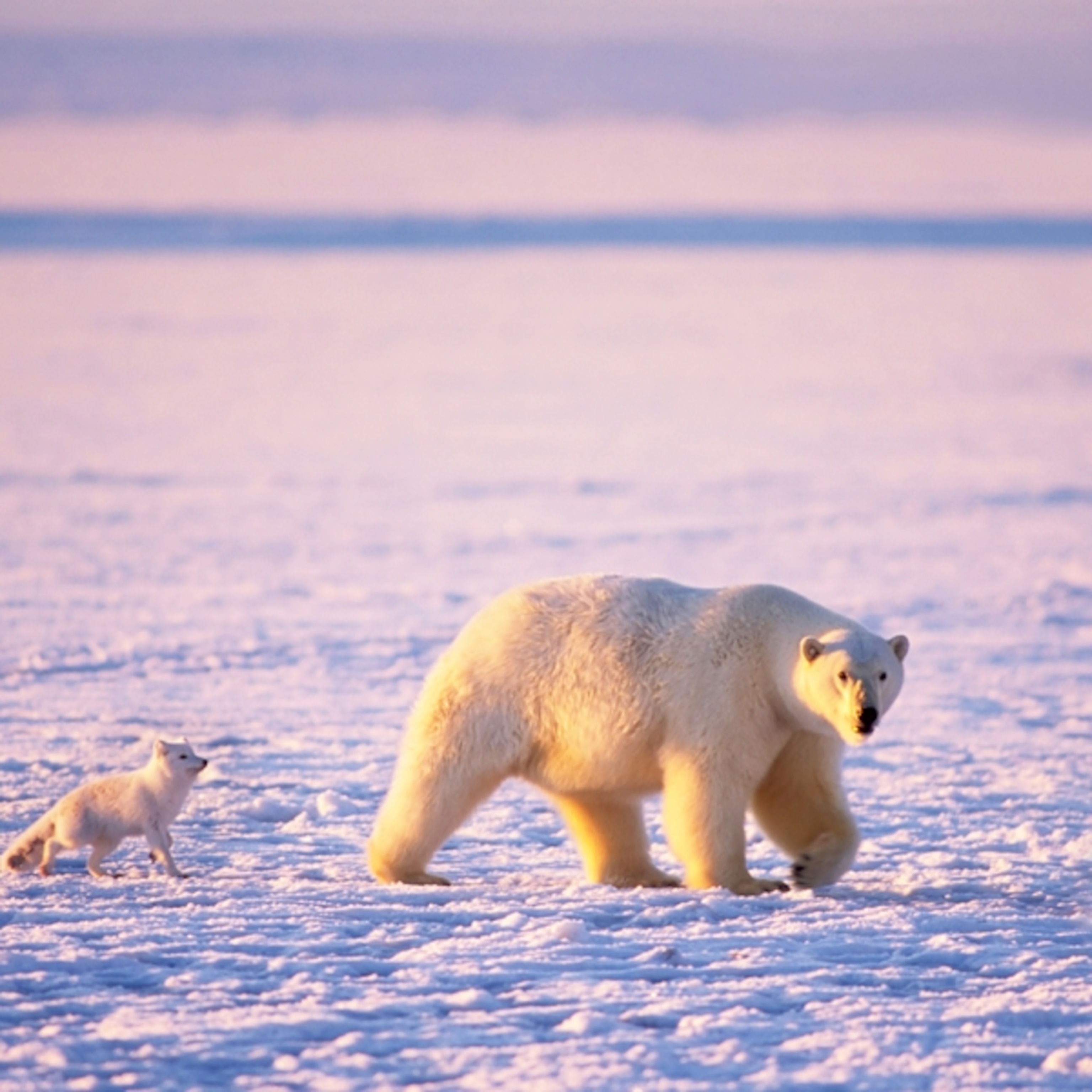Arctic Animals Adaptations Ks1

Empty reply does not make any sense for the end user.
Arctic animals adaptations ks1. Show the PDF files on an interactive whiteboard and ask children to describe them. This is the fourth lesson in the Polar Regions unit of work in which students will learn about arctic plants adaptations and how theyve evolved to survive the extreme conditions of the polar tundra. A substantial blubber layer lies under the skin acting as insulation so allowing the seals to swim indefinitely in frigid Antarctic waters down to -2C.
Smooth streamlined shape to pass easily through the water. ANIMALS AND THEIR HABITATS. Arctic PowerPoint for KS1 KS2 on Arctic for geography science unit on habitats and how Arctic plants and animals live in Arctic habitats and adapt to survive Primary resource for KS2 children on Arctic habitats KS2 quiz quiz trade teach topics on habitats Arc Habitats We must at a minimum aim to hold on to key examples of every part of the web of life from the Arctic to the Amazon.
Polar bears and arctic foxes are adapted to the extreme weather of the Arctic region. The North Pole is in the middle of the Arctic Ocean which is surrounded by the land masses of North America Europe and Asia so there is a land connection to the south meaning that land animals can more easily reach the Arctic unlike Antarctica where animals must be able to swim or fly across hundreds of miles of. PLANT OR ANIMAL.
The narrator explains their key adaptations and we see them in their natural environment the very cold Arctic. Thick fur on the feet also helps to stop its paws from freezing to the ice. CARIBOU are members of the deer family.
ANIMAL ADAPTATIONS Lesson 92 Create your own adapted animals. Doc 43 KB. The blubber is right under the skin and acts as an insulator.
Learn about twelve different Arctic animals listen to books play I Spy create a bulletin board and do some movement activities. Use them in the classroom by trying some of the following ideas. It shelters in burrows.



















